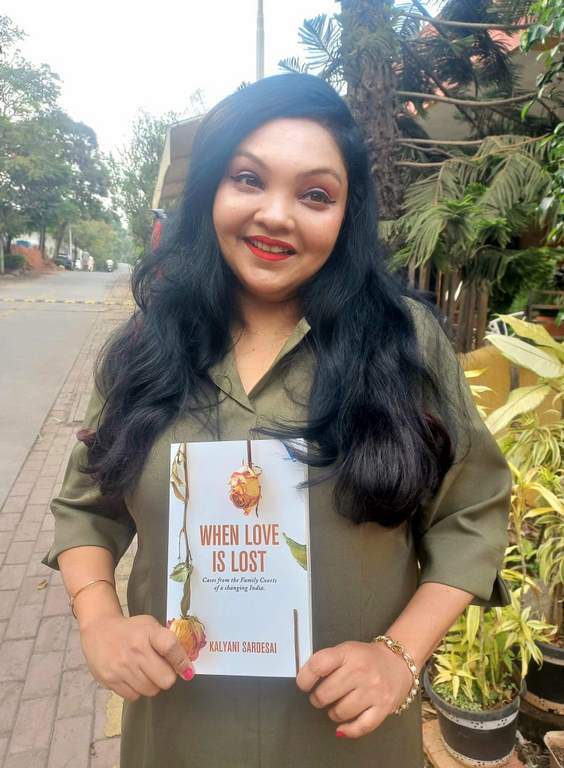PUNE: Besides, Indian society has always treated marriage as an inviolable institution. We pride ourselves on our low divorce rates, possibly the lowest in the world—just 1. 1 percent annually. And yet, UN reports indicate that divorce rates in India have multiplied twofold since the advent of the millennium. Two contradictory realities that co-exist. What’s more, if our low divorce rates are a fact, so too are India’s high number of dowry and domestic violence cases. Additionally, the report also points to the phenomenon of a grey divorce, that is divorces among people after decades of marriage.
Why is this happening? The reasons range from irreconcilable differences to changing societal norms, refusal of empowered women to stick on with abusive relationships as they traditionally did, and sometimes even the misuse of legal mechanisms such as Section 498A of the IPC by different parties.
As relationships head south, including marriages of several decades, they show up for the final reckoning in the Family Court— an institution that bears mute testimony to an unparalleled range of cases. From the heartrending to the cruel and bizarre, these stories spotlight a society’s hidden crevices and contradictions in rapid transition.
Through candid, first-person narratives combined with legal insight, When Love is Lost: Cases from the Family Courts of a Changing India by journalist-writer Kalyani Sardesai sheds light on the emotional and psychological toll of separation and divorce, as experienced by men, women, and lawyers in the eye of the storm.
Additionally, counselors, lawyers, and mediators weigh in with valuable inputs on conflict resolution within marriage. “Thus, the book offers an unflinching view of today’s domestic battles and the socio-legal landscape that shapes them. It not only examines different cases of divorce ranging from adultery and bigamy to domestic violence, abandonment, fraud, but also provides information on the legal aspects of splitting marriages, and knowledge of an estranged spouse’s rights as enshrined in the law,” says Sardesai.
Sardesai’s interest in the Family Courts has its genesis in her stint as a journalist covering the Family Court for various national dailies. “As a reporter and writer, one is always interested in stories that reflect changing trends and shifts in priorities. The institution of marriage is a leading example of the same,” she says. “No longer is it a case of ‘till death do us part’. Women are increasingly vocal about their rights, refusing to put with abuse as they traditionally did. Add to that the stresses of modern-day living and the increased emphasis on individuality as opposed to prioritizing the family unit above all. On the other hand, some abuse the provisions meant to protect them. When children are involved, battle lines are drawn even more tightly,” she says.
A well-rounded, comprehensive take covering different communities and socio-economic strata of society, each narration is different, but what runs like a common thread through them all, is the emotional cost of the courtroom battle and subsequent outcome.
Section I has 24 first-person accounts of the narrators along with the relevant legal information. The cases in the book cut across various communities and socio-economic strata and include instances of LGBTQ as well as live-in relationships.
Meanwhile, Section II of the book has mediators, lawyers, counselors, and married and estranged couples sharing valuable perspectives on the battles worth fighting—for not every divorce is a bad thing, and some issues indeed deserve a firm stand.
“When Love is Lost is thus a unique relationship guide for navigating marital relationships with the law as a cornerstone,” rounds off Sardesai.
When Love is Lost: Cases from the Family Courts of a Changing India is available on Amazon at Rs 275.

